 Magician's Gambit, The Belgariad book Three by David Eddings fits into the juvenile fantasy fiction genre and was first published in 1983. It is recommended for readers ages 14 and up.
Magician's Gambit, The Belgariad book Three by David Eddings fits into the juvenile fantasy fiction genre and was first published in 1983. It is recommended for readers ages 14 and up.By book three the group on the quest is quite large. With so many characters the plot can't help but be complex however Eddings does a wonderful job at keeping it all together and not getting out of hand. Once again this book is packed with adventure and mystery however some of the mysteries from the previous books have been solved leaving the reader satisfied but wanting more at the same time. We have learned that there is a prophecy predicting not only the quest but also the presence of all the members on it. We also know that the group is after an orb that someone has stolen and intends to use to rise a god who has been “sleeping” for many thousands of years. Each group of people serves their own one of seven gods and most are peaceful but the god who is to be awakened seeks to cause a war that could end the world. In the first park of this book the group travels through the land of the god Mara, his land is deserted because his people where killed off and he spends his time lamenting them and their ghosts haunt whoever comes into the land to pillage. Polgara and Belgarath decide that even with the dangers this is the safest way to travel and cause a deep sleep to come over everyone so they will not be haunted by the ghosts. They try to get the god Mara to join their cause but he is too wracked with grief to listen or care. After that Polgara and Belgarath go to the land of their god to answer a summons. While there Garion practices his sorcery and learns more fundamental truths about this new power. They also learn more about what they must accomplish to put an end to the plans for war and to prevent the resurrection of the got Torak. Next they travel to the land of Ulgo where they are joined by a man who has an amazing ability that often comes in handy to help them on their quest. In the end they travel to Cthol Murgos a land full of dangers both seen and unseen where they find the orb and manage though to defeat the Magician who has taken it. Like book two this one is full of adventure and excitement but Eddings manages to keep it fresh and exciting. The dangers are always original and while they definitely belong in the world of fantasy they are not too farfetched to seem plausible in the world he has created. It was a great read and a fitting addition to the Belgariad series.
Other reviews available:
Pawn of Prophecy, The Belgariad book One by David Eddings
Queen of Sorcery, The Belgariad book Two by David Eddings
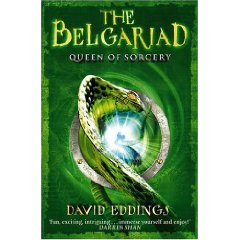 Queen of Sorcery, The Belgariad book Two by David Eddings fits into the juvenile fantasy fiction genre and was first published in 1982. It is recommended for readers ages 14 and up.
Queen of Sorcery, The Belgariad book Two by David Eddings fits into the juvenile fantasy fiction genre and was first published in 1982. It is recommended for readers ages 14 and up.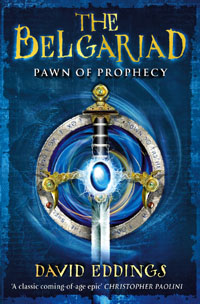 Pawn of Prophecy, The Belgariad book One by David Eddings fits into the juvenile fantasy fiction genre and was first published in 1982. It is recommended for readers ages 14 and up.
Pawn of Prophecy, The Belgariad book One by David Eddings fits into the juvenile fantasy fiction genre and was first published in 1982. It is recommended for readers ages 14 and up. Catching Fire by Suzanne Collins fits into the juvenile fiction genre and was published in 2009. It is recommended for readers ages 12 and up.
Catching Fire by Suzanne Collins fits into the juvenile fiction genre and was published in 2009. It is recommended for readers ages 12 and up.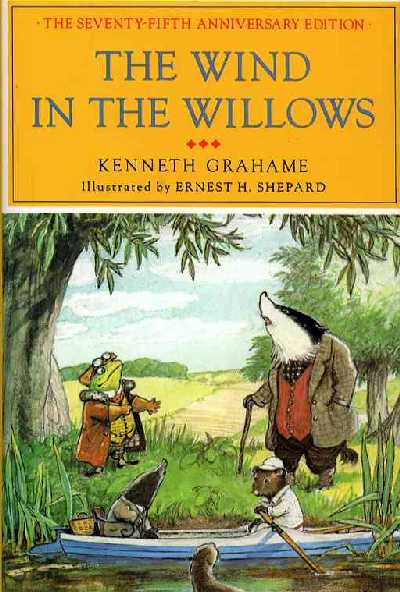 The Wind in the Willows by Kenneth Grahame fits into the juvenile fiction genre and was first published in 1908. It is recommended for readers ages 8 and up.
The Wind in the Willows by Kenneth Grahame fits into the juvenile fiction genre and was first published in 1908. It is recommended for readers ages 8 and up.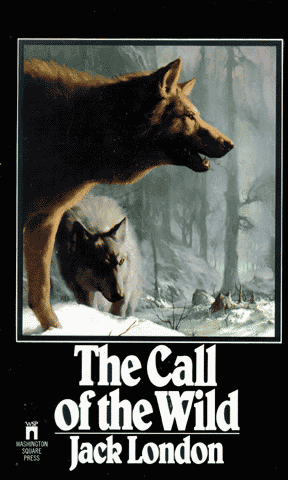 The Call of the Wild by Jack London fits into the juvenile fiction genre and was first published in 1903. It is recommended for readers ages 14 and up.
The Call of the Wild by Jack London fits into the juvenile fiction genre and was first published in 1903. It is recommended for readers ages 14 and up.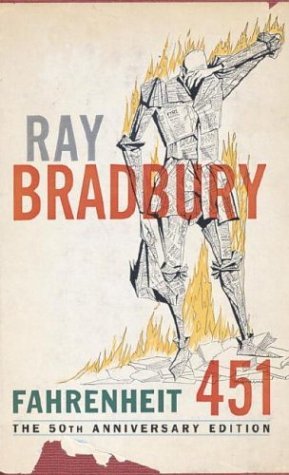 Fahrenheit 451 by Ray Bradbury fits into the juvenile science fiction genre and was first published in 1953. It is recommended for readers ages 14 and up.
Fahrenheit 451 by Ray Bradbury fits into the juvenile science fiction genre and was first published in 1953. It is recommended for readers ages 14 and up.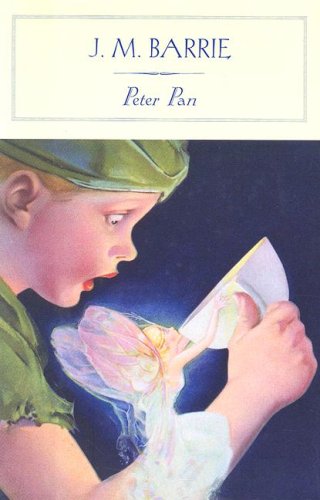 Peter Pan by J.M. Barrie fits into the classical juvenile fiction genre and first appeared as a play in 1904. Later it was published as Peter and Wendy in 1911. It is recommended for readers ages 8 and up.
Peter Pan by J.M. Barrie fits into the classical juvenile fiction genre and first appeared as a play in 1904. Later it was published as Peter and Wendy in 1911. It is recommended for readers ages 8 and up.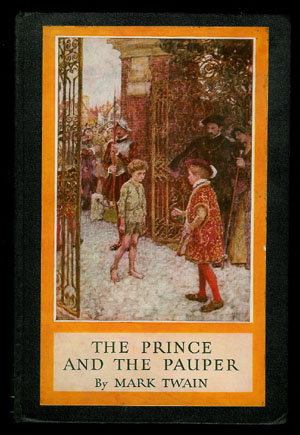 The Prince and the Pauper by Mark Twain fits into the classic juvenile fiction genre and was first published in 1882. It is recommended for readers ages 12 and up.
The Prince and the Pauper by Mark Twain fits into the classic juvenile fiction genre and was first published in 1882. It is recommended for readers ages 12 and up.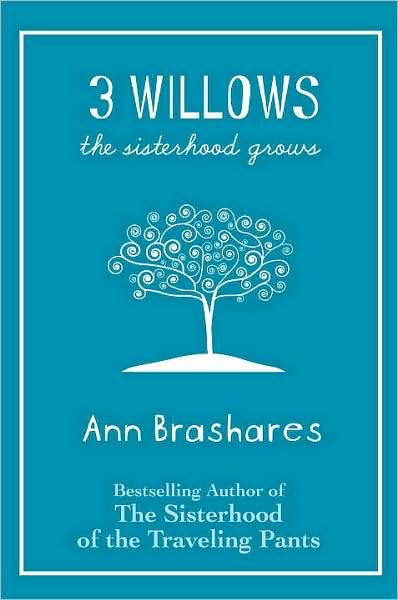 3 Willows the sisterhood grows by Ann Brashares fits into the juvenile fiction genre and was published in 2009. It is recommended for readers ages 12 and up.
3 Willows the sisterhood grows by Ann Brashares fits into the juvenile fiction genre and was published in 2009. It is recommended for readers ages 12 and up.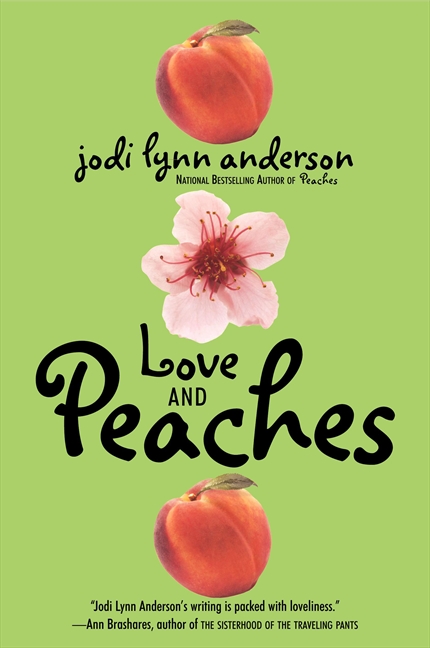 Love and Peaches by Jodi Lynn Anderson fits into the juvenile fiction genre and was published in 2008. It is recommended for readers ages 16 and up.
Love and Peaches by Jodi Lynn Anderson fits into the juvenile fiction genre and was published in 2008. It is recommended for readers ages 16 and up.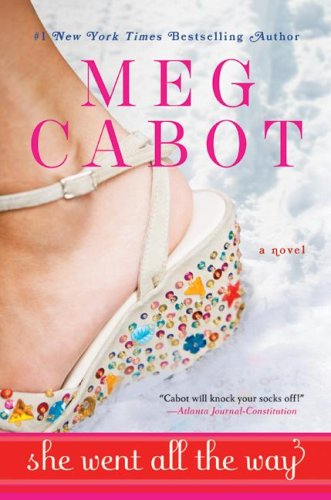
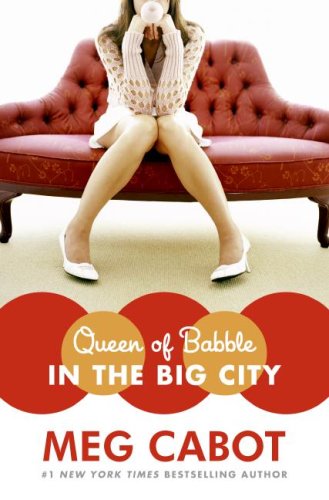



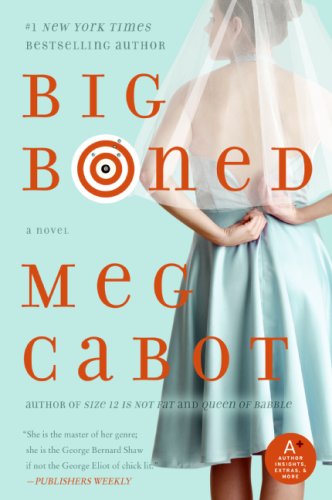

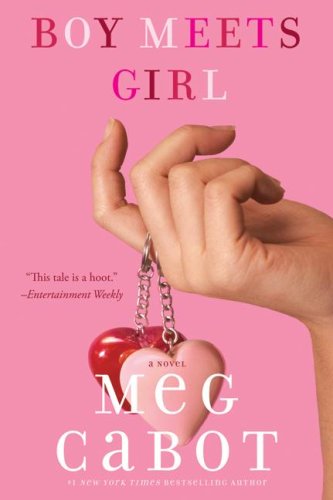

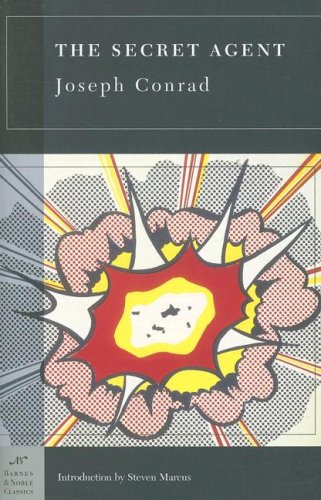
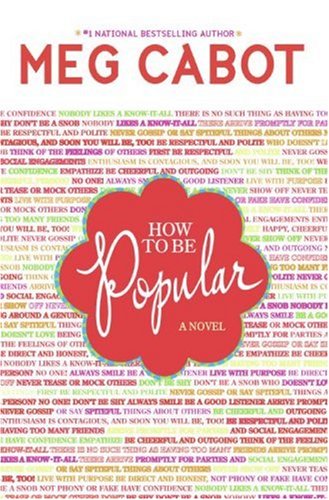 How To Be Popular by Meg Cabot fits into the juvenile fiction genre and was published in 2006. It is recommended for readers ages 14 and up.
How To Be Popular by Meg Cabot fits into the juvenile fiction genre and was published in 2006. It is recommended for readers ages 14 and up.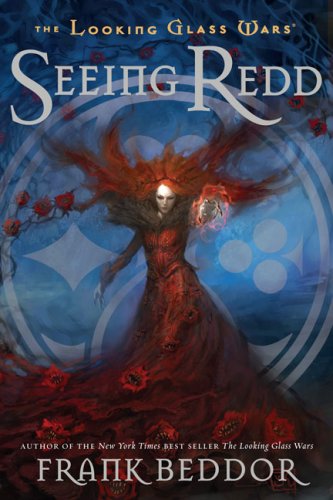 Seeing Redd by Frank Beddor fits into the juvenile fantasy fiction genre and was published in 2007. It is recommended for readers ages 12 and up.
Seeing Redd by Frank Beddor fits into the juvenile fantasy fiction genre and was published in 2007. It is recommended for readers ages 12 and up.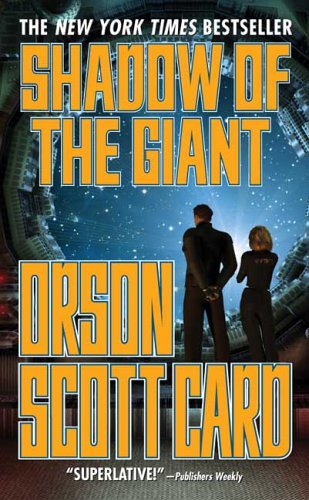 Shadow of the Giant by Orson Scott Card fits into the juvenile science fiction genre and was published in 2005. It is recommended for readers ages 16 and up.
Shadow of the Giant by Orson Scott Card fits into the juvenile science fiction genre and was published in 2005. It is recommended for readers ages 16 and up.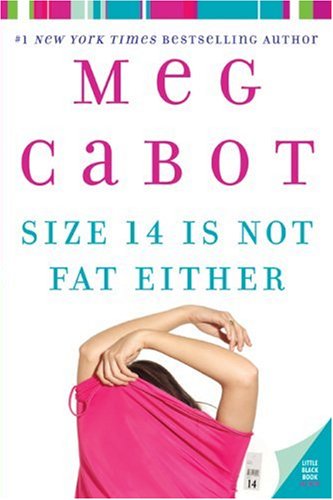 Size 14 Is Not Fat Either by Meg Cabot fits into the murder mystery fiction genre and was published in 2006. It is recommended for adult readers.
Size 14 Is Not Fat Either by Meg Cabot fits into the murder mystery fiction genre and was published in 2006. It is recommended for adult readers. Peter and the Starcatchers by Dave Barry and Ridley Pearson fits into the preteen fantasy fiction genre and was published in 2004. It is recommended for readers ages 10 and up.
Peter and the Starcatchers by Dave Barry and Ridley Pearson fits into the preteen fantasy fiction genre and was published in 2004. It is recommended for readers ages 10 and up. Jinx by Meg Cabot fits into the juvenile fiction genre and was published in 2007. It is recommended for readers ages 14 and up.
Jinx by Meg Cabot fits into the juvenile fiction genre and was published in 2007. It is recommended for readers ages 14 and up. The Hunger Games by Suzanne Collins fits into the juvenile fiction genre and was published in 2008. It is recommended for readers ages 12 and up.
The Hunger Games by Suzanne Collins fits into the juvenile fiction genre and was published in 2008. It is recommended for readers ages 12 and up.